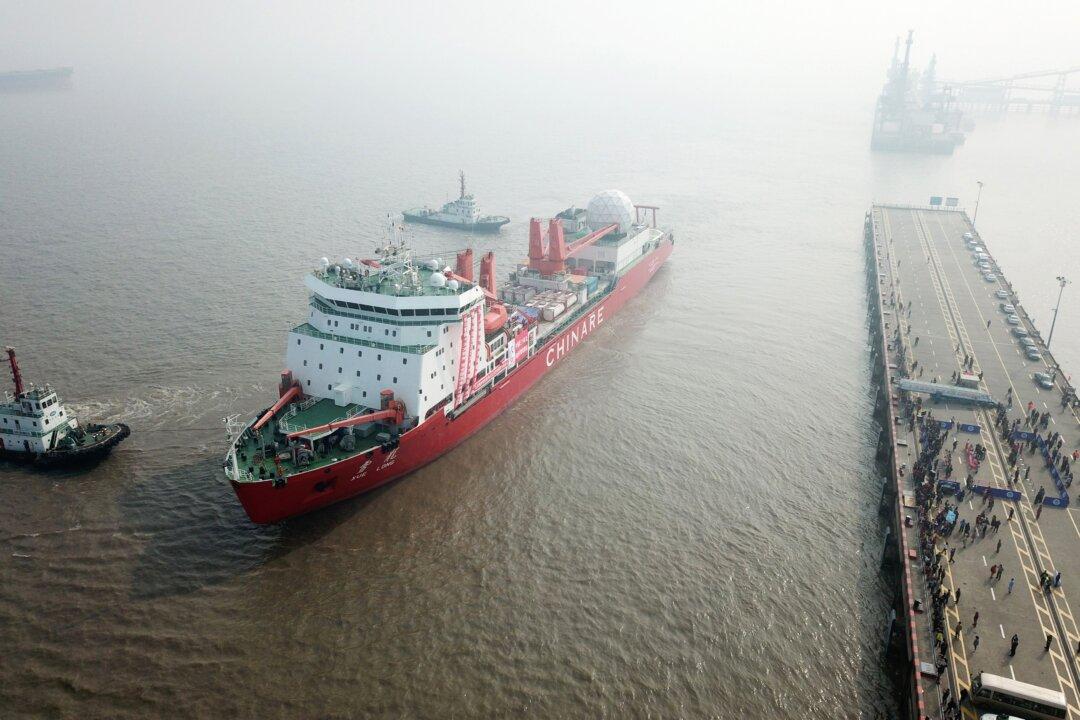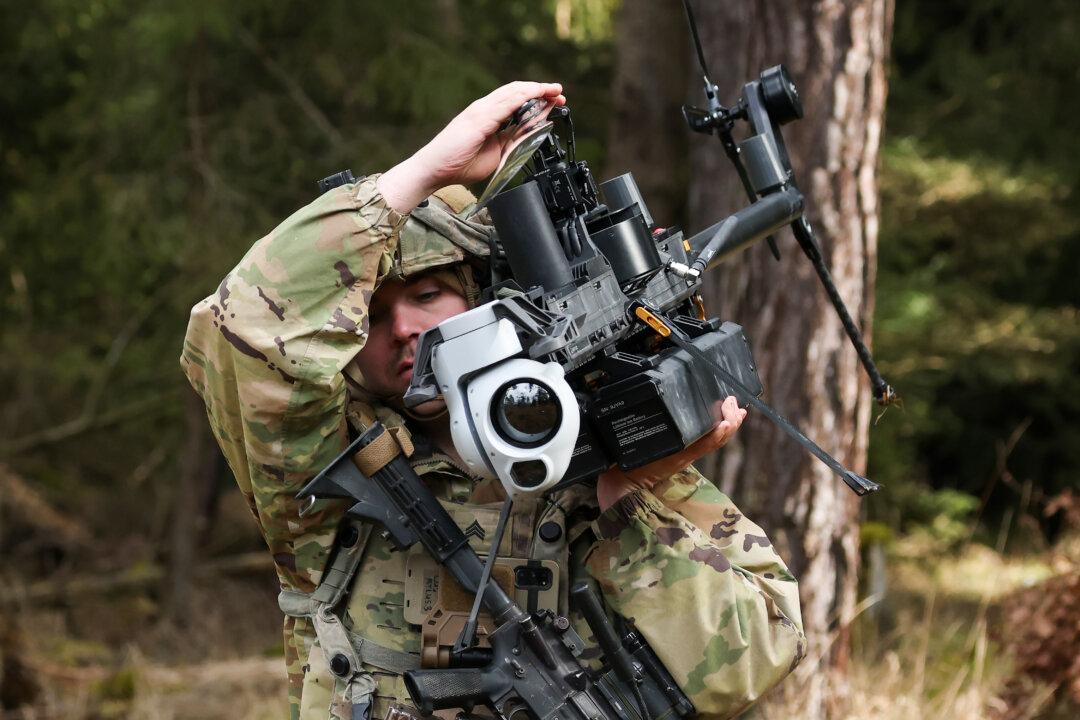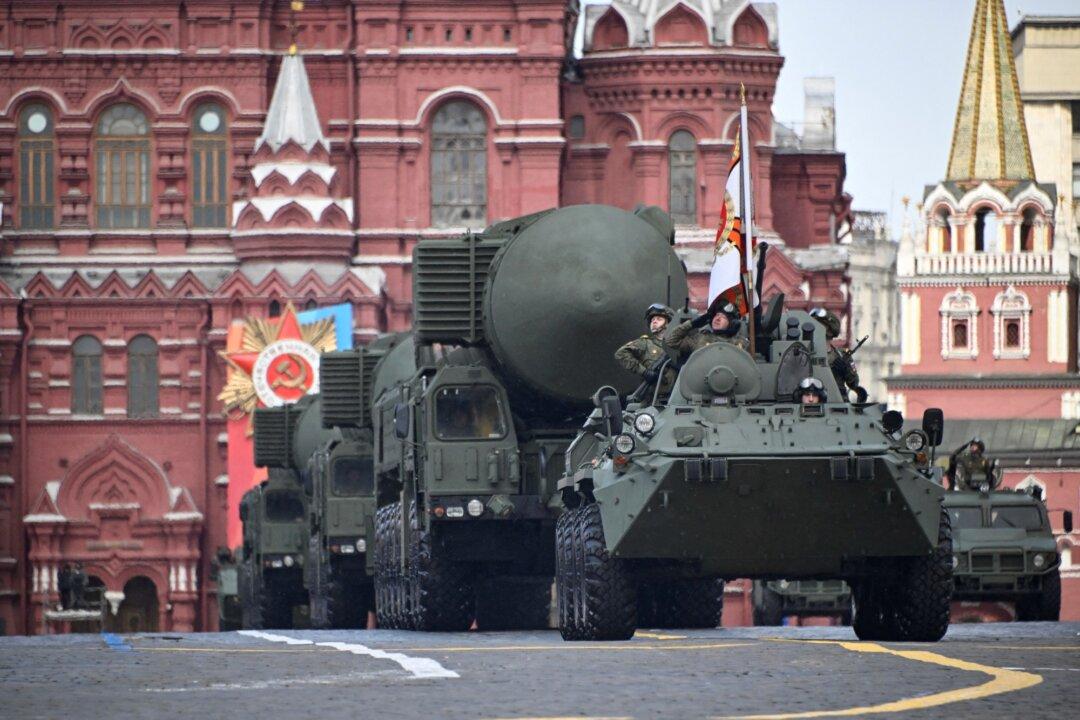Commentary
The Bali summit of the G20 nations in mid-November showed just how fragile and constantly changing the world’s nerve systems of alliances, treaties, and diplomatic balances. U.S. President Joe Biden wanted to calm the rising tensions in U.S.-China relations but ended up looking as though he was going to Chinese leader Xi Jinping rather than having Xi come to him.





